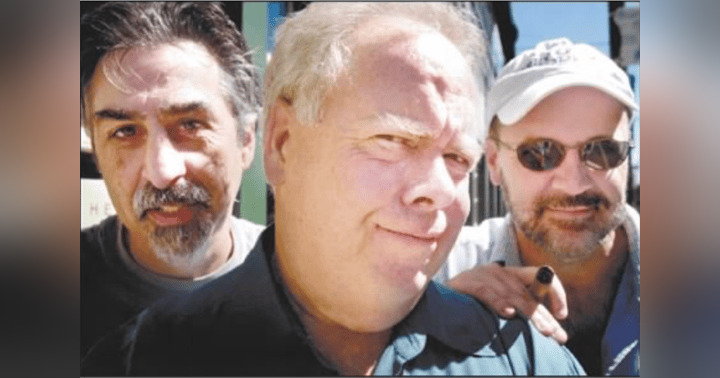
Above, the Mastbaum Theatre during its demolition, 1958.
The Mastbaum did not meet its end until two decades after the events we discuss in Episode 71. Still, I thought this image belonged here with the rest of the photos of Lost Philadelphia Theaters.
When the Mastbaum was demolished, by way, it was replaced with a parking lot that mainly served the patrons of the Erlanger Theatre - until it too was torn down in the 1970s.
Below is the Special Mastbaum Edition of the Inquirer in February of 1929, and a photo of the massive auditorium.
Now let's turn to the sad demise of a much more long-lived and deeply historic Philadelphia venue, constructed one hundred years earlier: the Arch Street Theatre.
I have been able to find images from the Philadelphia Evening Ledger of the interior of the Arch, just before its demolition. This clippings are from the Theater Collection of the Rare Books Department of the Free Library of Philadelphia, and were originally published in June of 1936. The captions below them tell the story:
There were also photos of the exterior of the Arch, taken by the Evening Bulletin. Here we can see the construction of the demolition scaffolding over the sidewalk, as the workers prepare the building for demolition. These images are from the Special Collections Research Center of Temple University Library.
You may well wonder - as I have often done - why the beautiful Nicholas Gevelot statue of Apollo on the facade of the Arch Street Theatre was not preserved somehow. Well, I plan to cover that topic in my upcoming book! You'll have to read about it there, I'm afraid. I can't give EVERYTHING away for free on the Internet, after all . . . ;-)
Below, a picture of Gilmore's Auditorium, on the north side of Walnut Street between 7th and 8th. Following that is a photo from Google Maps of the parking lot that has taken the place of the theater ever since it was torn down 90 years ago.

Above, from the January 8, 1937 Evening Bulletin: "Three people examine the contents of the [time capsule from the] cornerstone of the Garrick Theatre. On the table between them is a large box, made of sheet metal. The table is covered with newspapers and other documents."
These are before-and-after images (also from the collection of the SCRC at Temple) of the final days of the twin Adelphi and Lyric Theaters on N. Broad Street. Again, these were originally meant for publication in the Evening Bulletin, and the one on the left shows the mark-ups of a photo editor for a planned layout of a new story.
Why were these theaters torn down? Again, the answer is cars. Most of North Broad Street was dedicated to the automobile trade in those years. "The site is to be leased to the Gulf Oil Corporation," reported the Inquirer, "which plans its improvement with a modern service station."
Here's some images of some Philadelphia tryout productions we discussed in the episode:
Above, a loss that for some reason we forgot to even mention in the episode - and it would have fit in so well with the theme of Cars Replacing Theaters! The Grand Opera, which had stood on the corner of North Broad and Montgomery Streets, was literally replaced by a car dealership. The auditorium was torn down to provide the back lot for Wilkie Buick, and the theater's lobbies became the showroom. (The remnants of the theater were eventually torn down entirely, to make way for Temple Unversity's Liacouras Center, home of the Temple basketball team.)
And finally, an image of the old Chestnut Street Opera House in 1940. (This was originally the site of the Pennsylvania Academy of the Fine Arts back in the early 19th century. By the 1870s it was Fox's Theatre, and in 1917 the house was renovated and it was given a new Neo-Classical facade.)
This was the last of the old-time Philly theaters in the central business district to meet its demise during the Great Depression. You can see a sign announcing its imminent demolition leaning against the fencing stretched across the entranceway.




















